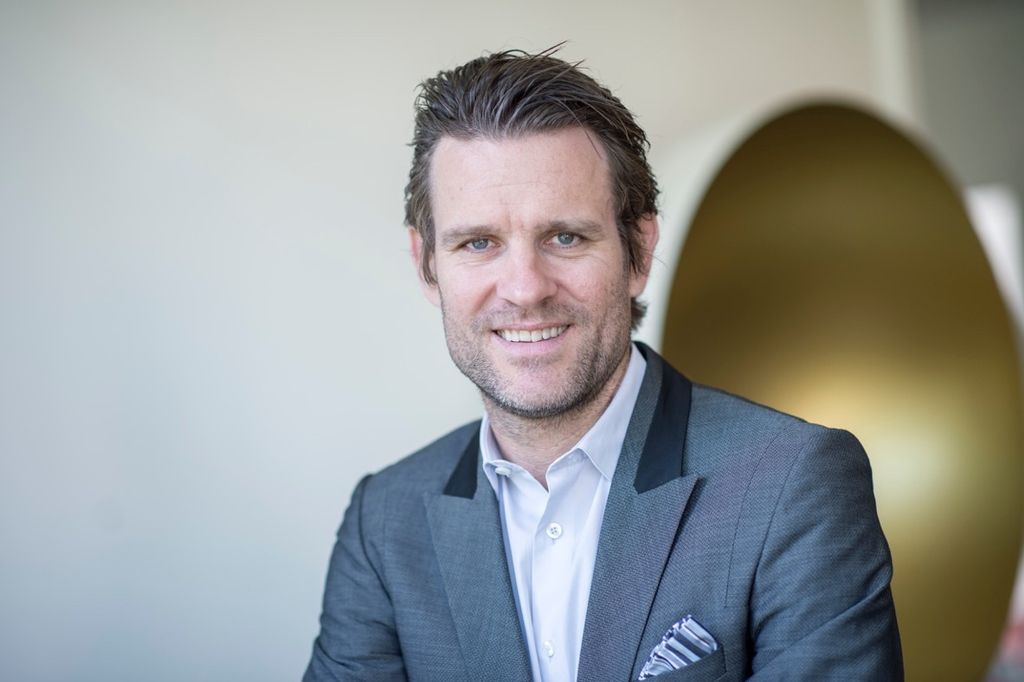Where are you now and why?
I’m in London to look at a secondary work by Yayoi Kusama on behalf of a client. I will also have a few meetings with galleries and auction houses.
How did you find yourself working as an art advisor in the first place?
That is an expected question to someone with unrelated Masters degrees in Business and Engineering. Since childhood I have been introduced to and exposed to culture and art extensively. I started collecting in my twenties and about simultaneously two of my friends started asking for advice and explicitly asking me to charge them for it!
What exactly does an art advisor’s work consist of?
In my case probably a lot more than most realise. I first spend time understanding each client’s preferences, budget etc. Advice is made after extensive research and market monitoring. My offerings are typically many times more time-sensitive than a gallery’s. I advice on the one or two best art works from an exhibition. These works require you to have early access, typically days or weeks prior to an exhibition or fair opening. Once offered, my clients often have to make up their minds very fast, often based on jpegs. I do not make this up but the best works will sell quickly so you either adjust to this buying process or settle for choosing among the left-over works once the exhibition has opened. A lot of our practical work is done after an acquisition has been made. The work has to be crated, shipped, insured, cleared for customs and installed. Only after a confirmation that our client is happy with the artwork does our work finish.
What are the most important factors when it comes to advising clients on art?
Trust is everything and I only give advice I would follow myself. When I advice a client on an artwork it is something I already have bought or would buy myself. Swedish art collectors are rather late to using art advisory services and there is a lack of understanding the differences between our business selling a service and a gallery selling art works. There are significant differences in that an advisor has the world to choose from when making a recommendation whereas a gallery aim to sell all works by the few artists they represent. I have never met a gallerist saying he loves everything he has ever sold. I can truly say exactly that.
In your opinion, what makes an artist “great?
It is impossible to judge an artist from one piece. I look at every art work in the context of the artist's entire body of work , art history and our world today. In my opinion, a great artwork is a natural progression from the artist’s past with significant elements of appropriation of some kind of language be it based on color, form or concept. Of course, I miss it sometimes too. It is then very important that the artist can clearly communicate what he or she is trying to do enabling me to see the art work with a cleared mind and fresh eyes. I have met too many millennial abstract painters in the last 5-10 years who can not explain what it is that they are trying to do or say. Luckily, I have managed to steer clear of all the hypes thanks to my firm principle not to buy with my ears.
What are the most interesting—or most challenging—aspects of your work?
People. Clients, artists - I deal mostly with highly talented people but from very different walks of life and I love it.
What’s your favorite art-related blog or app?
What is your daily routine when working?
The best part of my job is the lack of routine. I left rather successful careers in Strategy Consulting and Industry because of too much routine.
Where are you off to next?




